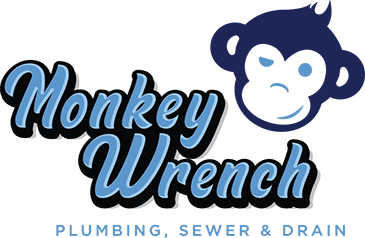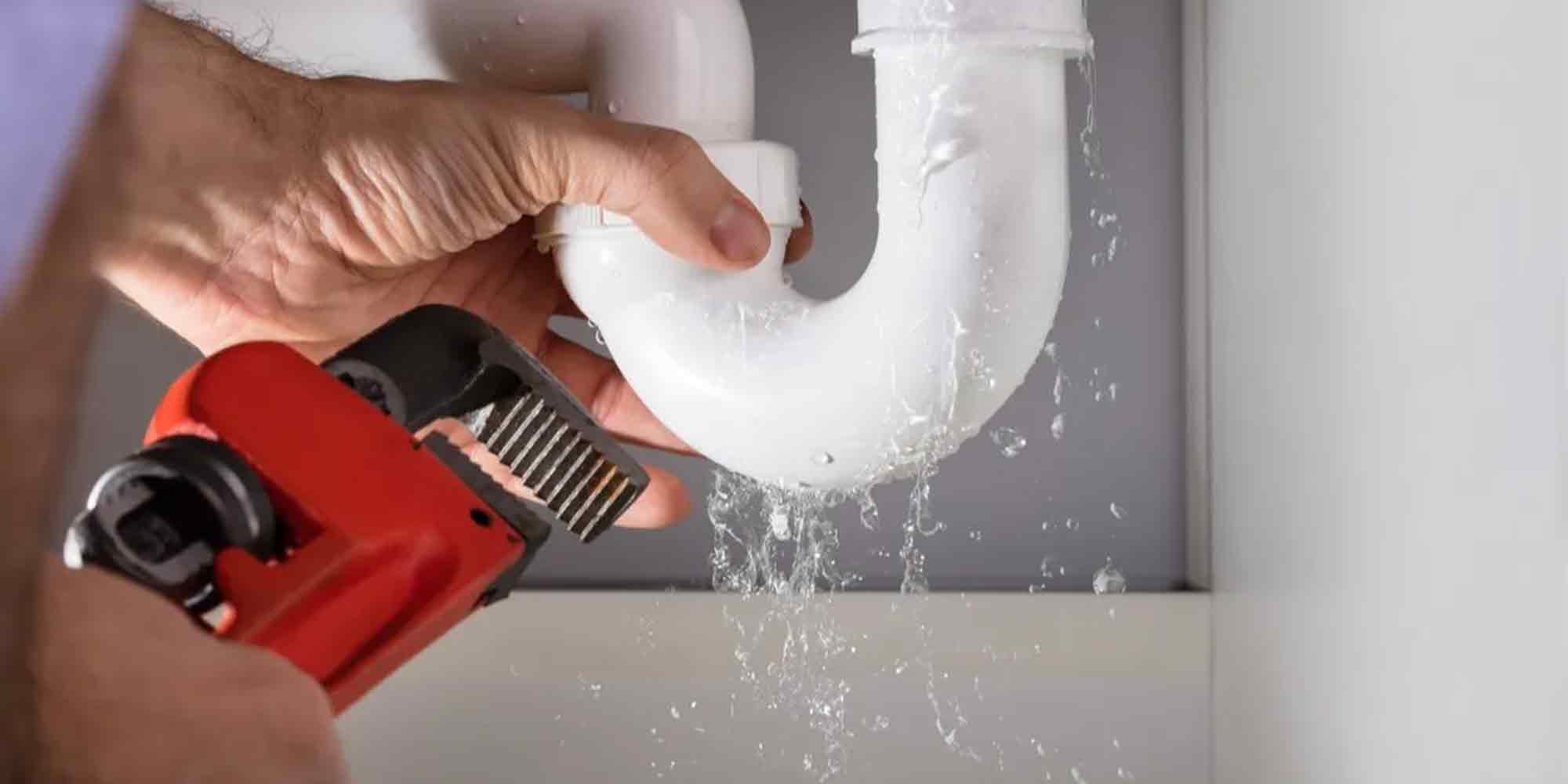In the rapidly growing city of Draper, Utah, new constructions are rising to meet the demands of its expanding population. As developers and homeowners alike seek sustainable, efficient, and technologically advanced solutions, the plumbing industry is not left behind. Innovative plumbing solutions are now at the forefront of building practices in Draper, aiming to provide cost-effective, environmentally friendly, and smart water management systems. This blog explores some of the cutting-edge plumbing technologies and practices being implemented in new constructions across Draper, Utah.
1. Water-Efficient Fixtures
One of the primary focuses in new constructions is the installation of water-efficient fixtures. Low-flow toilets, faucets, and showerheads are becoming standard, significantly reducing water usage without sacrificing performance. These fixtures can save thousands of gallons of water annually, benefiting both the environment and homeowners’ utility bills. Draper’s builders are adopting these technologies to comply with sustainable building standards and support Utah’s water conservation efforts.
2. Smart Home Water Monitoring Systems
Technology integration into home systems has been a game-changer in many sectors, and plumbing is no exception. Smart home water monitoring systems are being installed in new constructions, offering real-time data on water usage, leak detection, and even automatic shutoff in case of a significant leak. This technology not only prevents water waste but also mitigates the risk of water damage, providing homeowners peace of mind and promoting water conservation.
3. Greywater Recycling Systems
Greywater recycling systems are an innovative solution being integrated into new homes in Draper. These systems collect water from showers, sinks, and laundry, then treat and recycle it for non-potable uses such as toilet flushing and garden irrigation. By reusing greywater, homes can significantly reduce their freshwater demand, easing the pressure on municipal water supplies and the environment.
4. Rainwater Harvesting Systems
In response to Utah’s arid climate and the need for sustainable water sources, rainwater harvesting systems are gaining popularity in new constructions. These systems collect and store rainwater from rooftops, which can then be used for irrigation, reducing the reliance on treated municipal water for landscaping purposes. Rainwater harvesting not only conserves water but also reduces stormwater runoff, helping to prevent erosion and water pollution.
5. PEX Piping
Cross-linked polyethylene (PEX) piping is becoming the material of choice for new constructions due to its flexibility, durability, and resistance to scale and chlorine. PEX piping can be snaked into walls easily, reducing the need for joints and minimizing the risk of leaks. Its corrosion-resistant properties ensure a longer lifespan for plumbing systems, offering a cost-effective solution for homeowners.
6. Solar Water Heating
Utilizing Utah’s abundant sunlight, new homes are incorporating solar water heating systems. These systems use solar panels to collect and convert sunlight into heat, warming water stored in a tank. Solar water heating is a sustainable alternative to traditional water heaters, reducing energy consumption and utility bills.
7. Eco-Friendly Material Usage
The trend towards sustainability is also reflected in the choice of materials. New constructions are utilizing eco-friendly, recyclable materials for plumbing systems, reducing the environmental impact of building practices. From pipes and fixtures made from recycled materials to non-toxic sealants, these choices contribute to healthier homes and a cleaner environment.
Conclusion
Draper, Utah’s new constructions are setting a standard for innovative plumbing solutions that promote efficiency, sustainability, and smart technology integration. As the city continues to grow, these practices will play a crucial role in ensuring a sustainable future for its residents. By embracing these technologies, Draper is not only addressing the immediate needs of its community but also paving the way for a more sustainable and water-wise future.
Contact Us for Your New Construction Plumbing Needs
If you’re planning a new construction project and need expert plumbing in Draper, Utah, look no further than Monkey Wrench Plumbing, Sewer & Drain. Our skilled team is ready to provide innovative solutions that ensure efficiency, reliability, and sustainability. Contact us today to schedule a consultation and let’s build a plumbing system that stands the test of time!


